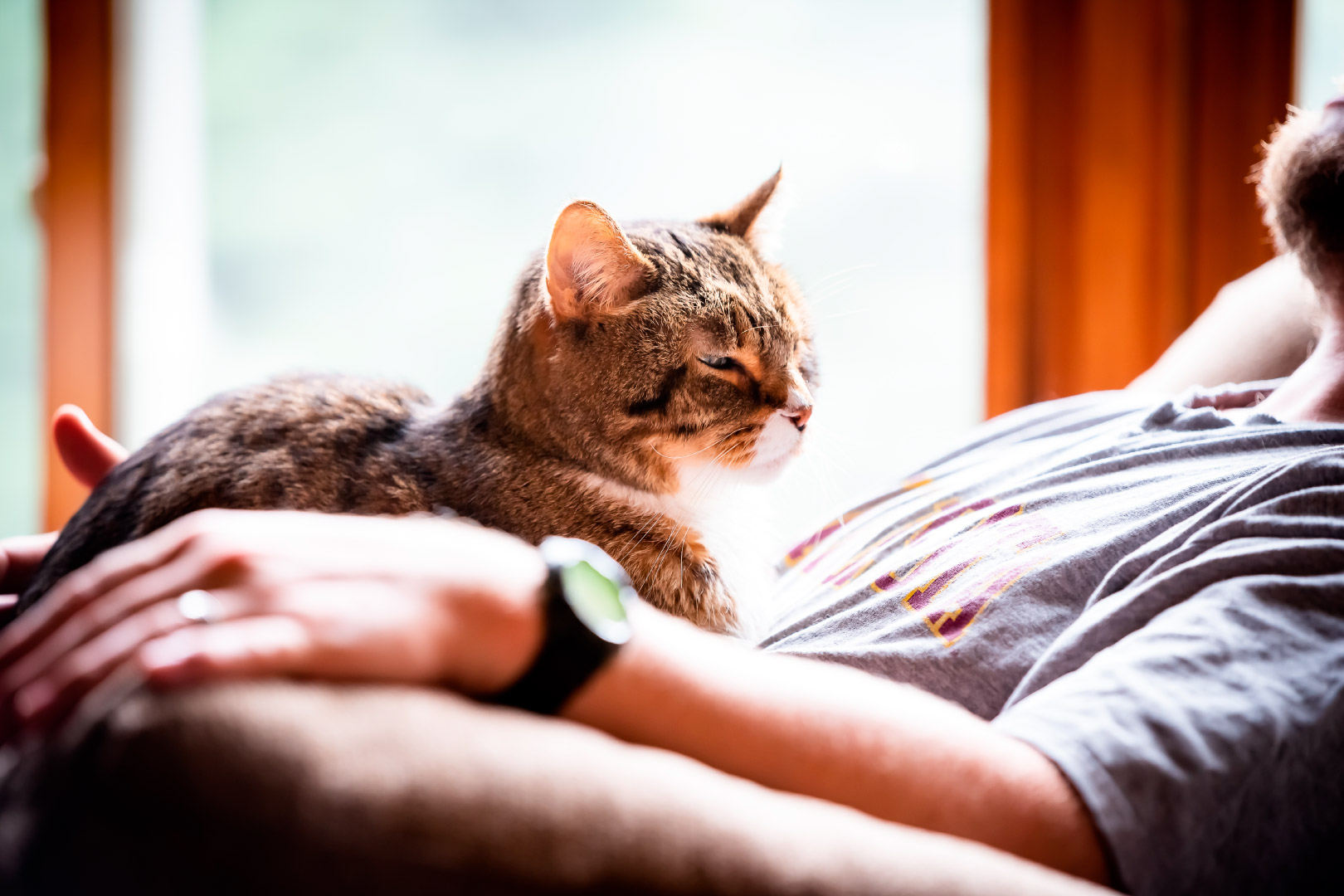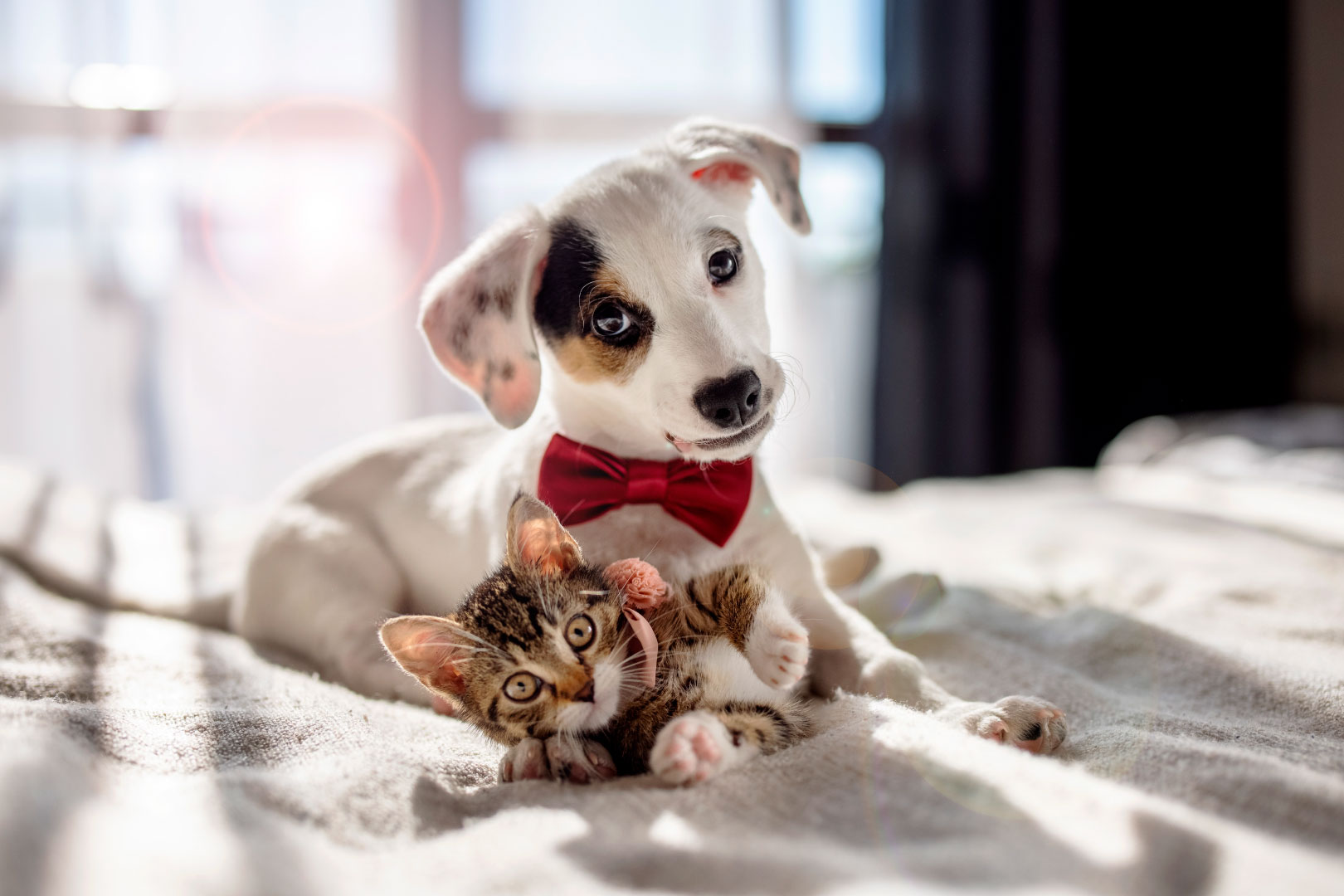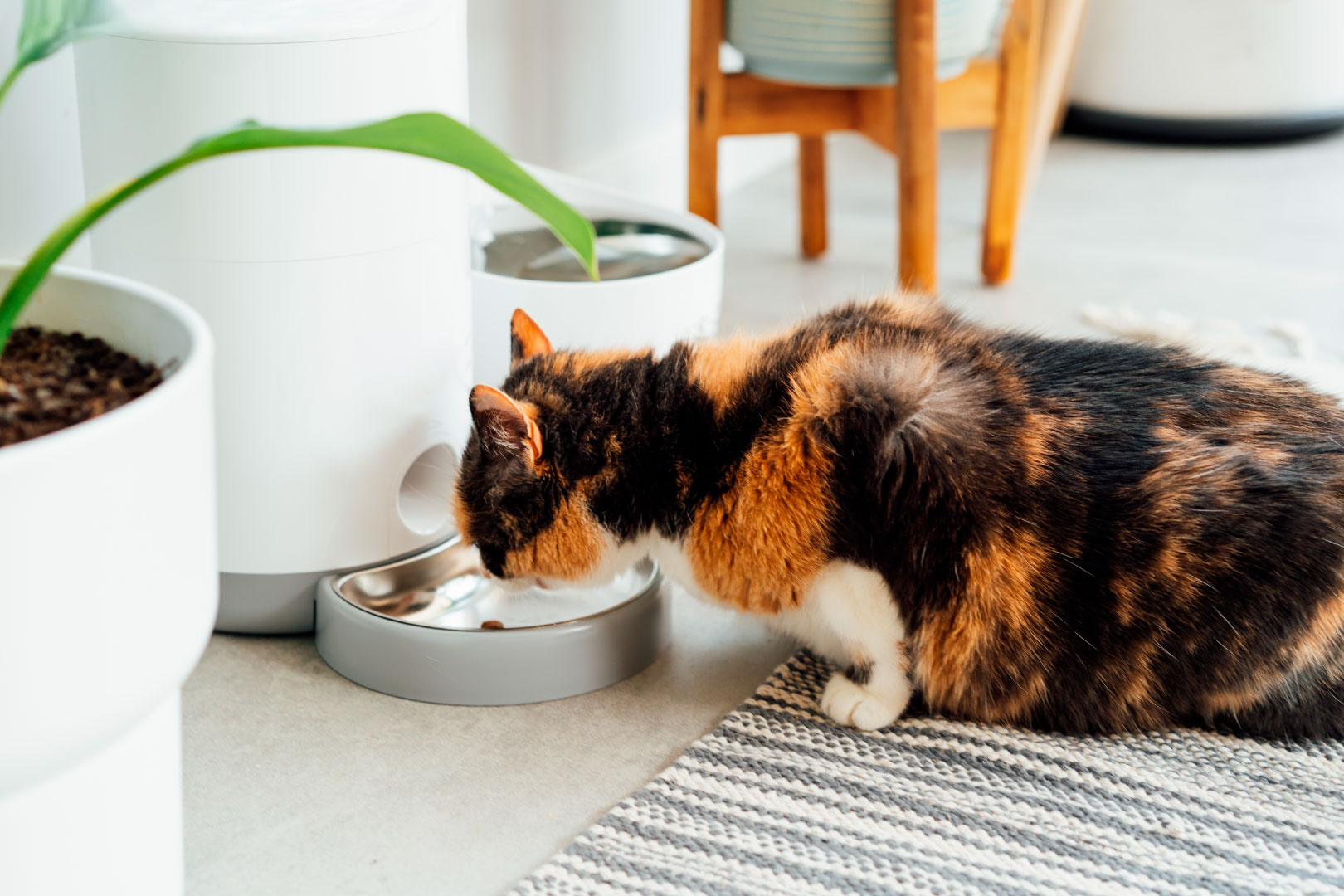Meowing is mostly reserved for communicating with humans (other cats usually don’t meow to each other). Different meows mean different things: a short “hello,” a demand for food, or a warning that something’s wrong. Some cats are chatty and will “talk” all day, while others are quiet and use their meows sparingly.
Purring, on the other hand, is a more complex sound. Most often, it’s a sign of contentment and happiness—like when your cat curls up in your lap or after a good meal. But cats also purr when they’re nervous, in pain, or healing. Scientists think purring releases endorphins that help cats calm down and recover.
Pay attention to the context and your cat’s body language when they vocalize. A happy meow with relaxed ears and a soft gaze means “I’m glad to see you.” A loud, persistent meow accompanied by pacing might mean they’re bored or want attention.
Understanding these sounds helps you respond better to your cat’s needs, whether it’s playtime, food, or just a gentle cuddle.
So next time your cat chats away or starts purring on your lap, listen closely. They’re sharing their feelings with you—one adorable sound at a time.



